In this post, we will understand the concept of a wet contact in PLC and understand its wiring.
PLC Wiring
In PLC electrical wiring, understanding the concept of contact switching and wiring is important for operation.
A circuit is completed when the contact is closed; so, it is important to understand the wiring and switching.
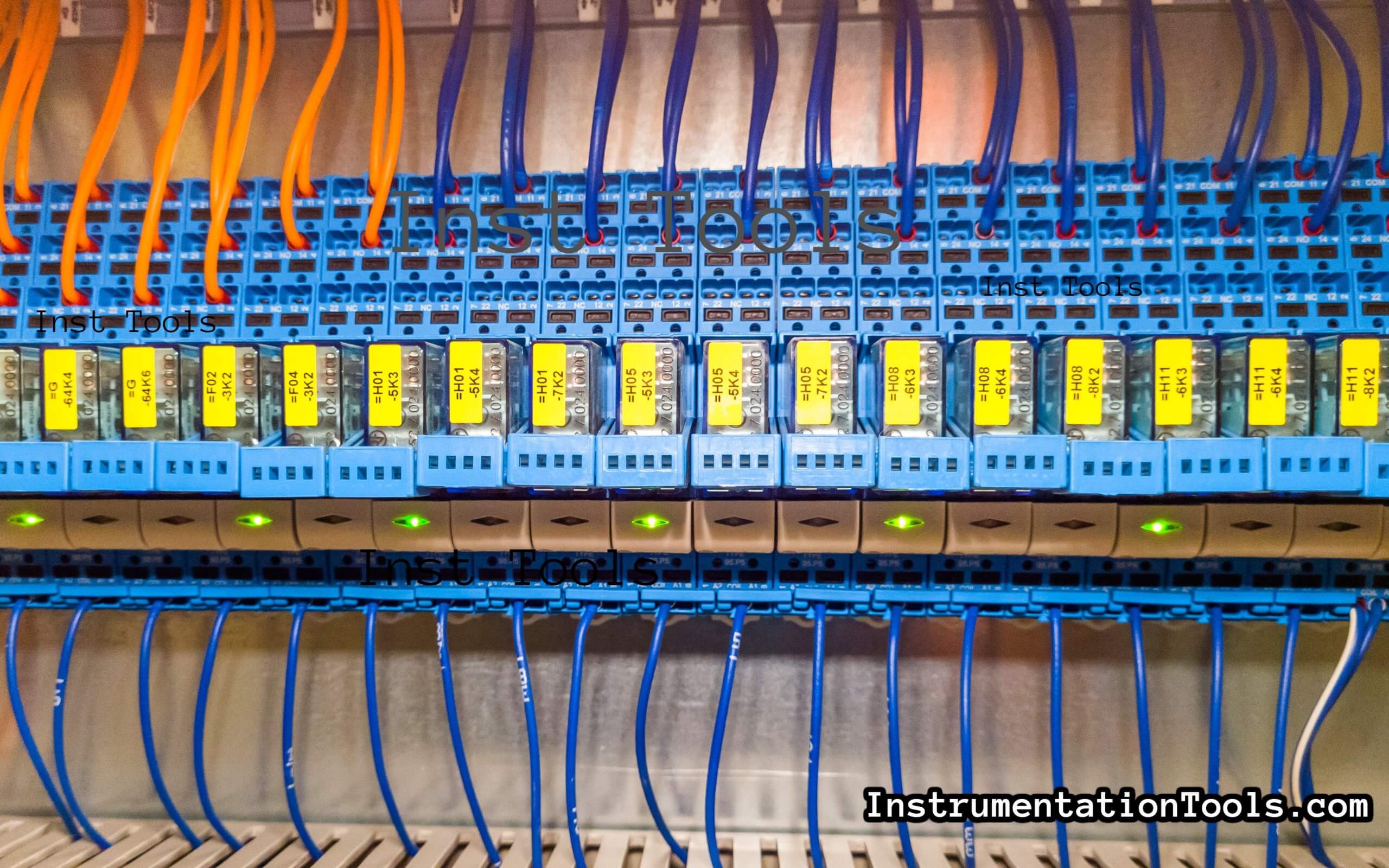
Types of Contacts
When it comes to contact wiring, basically, two types of contacts are used
- Dry Contact
- Wet Contact
It is important to note that it applies only to digital inputs and outputs; because analog is variable in nature and there is no concept of contact in it.
In this post, we will understand the concept of wet contact wiring in a PLC.
What is a Wet Contact?
We will learn about wet contact with a simple example of a sensor. The sensor has a contact that when energized, gives the output according to the object sensed.
The contact is to be given the same potential as the potential given for powering the sensor. If the sensor senses an object, then the output of the contact turns on and if the sensor does not sense the object, then the output of the contact turns off.
This means the contacts and switching are powering the circuit with the same potential as at its source. So, a wet contact is defined as a contact that is powered by the same power source used by the control circuit to change the contact.
In the example we discussed here, the circuit power is supplied by the switch; it is not using any other external power source for the contacts. If it was to be supplied by another power source, then the contact potential could have been different than the voltage which is applied as power for the sensor.
Sensor Example Wiring
Let us simplify it more for better understanding. A sensor has 3 basic terminals – positive potential, negative potential, and output.
The positive and negative potential is used to energize the sensor. The contact circuit is not isolated from the power circuit.
When the sensor is energized, it checks the sensing internally. If the object is sensed, then the black line output as shown below figure turns ON (the output is positive in nature) and turns ON the load as negative potential is already present at it.
When the object is not sensed, then the output of the sensor turns OFF; which in turn switches OFF the load.
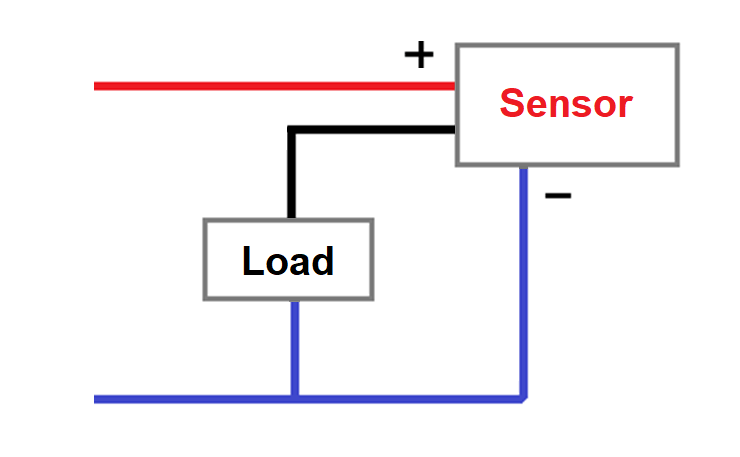
This shows that a wet contact acts just like a switch, which when powered, supplies the same switching action (with the same power) to the load device.
Disadvantages of Wet Contact
They cannot provide isolation between two circuits. Both the input and output circuits are inter-dependent.
Advantages of Wet Contact
But, one main advantage is the simplicity of wiring in these types of contacts. There is less wiring in it and you don’t have to look much into it.
Power consumption becomes less and all your automated wiring comes in the same potential, which makes it look easy; though difficult to isolate.
In this way, we understood the basic concept and wiring of a wet contact in PLC.
If you liked this article, then please subscribe to our YouTube Channel for Electrical, Electronics, Instrumentation, PLC, and SCADA video tutorials.
You can also follow us on Facebook and Twitter to receive daily updates.
Read Next:
- PLC Wiring Diagrams
- Electrical Wiring Diagram
- 4-20 mA Transmitter Wiring
- Why 24 Volts DC Power Supply?
- Interposing Relay Panel Wiring

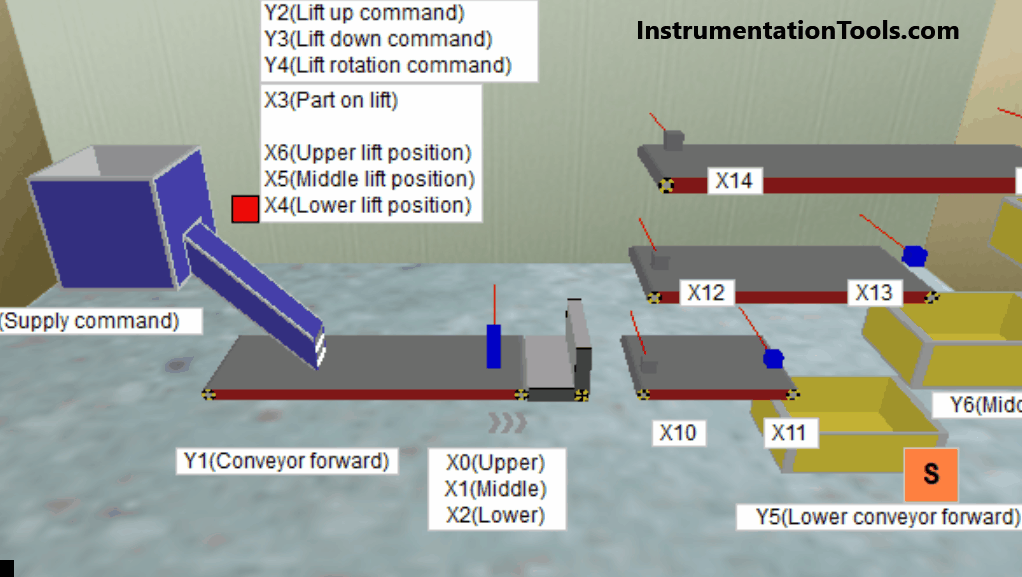
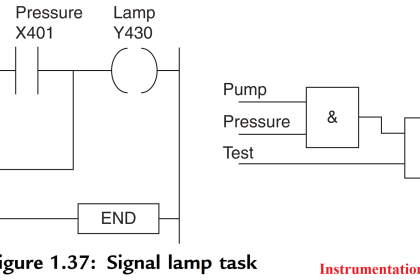
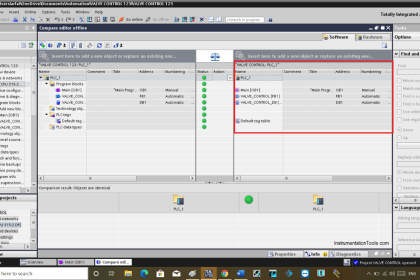
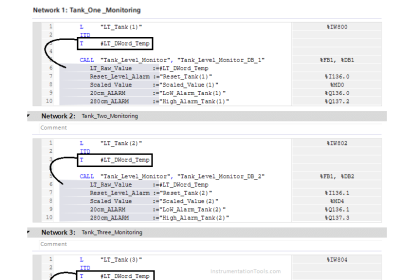
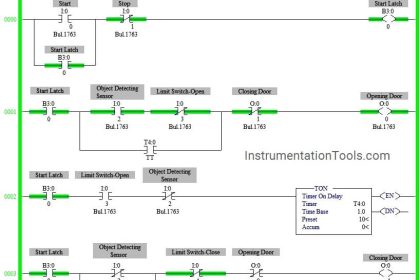
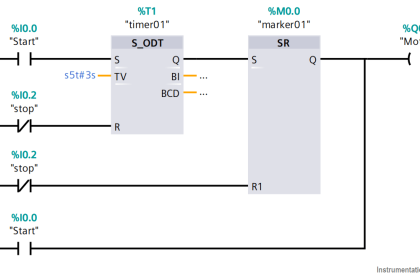
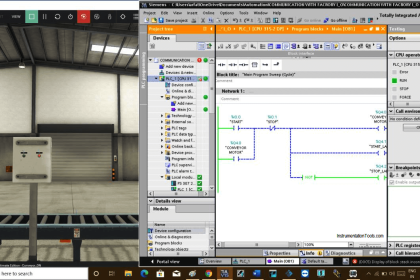




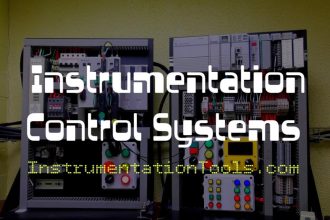

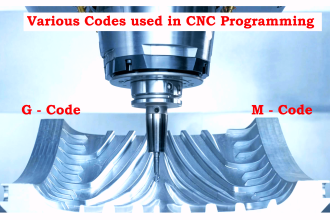
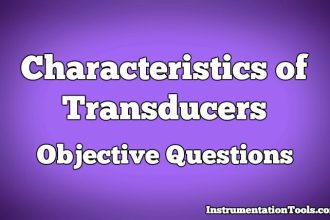

I have appreciate this publication. I am the student engineer in robotics industrial from Cameroon in Africa so l am very build for this post. Thank you